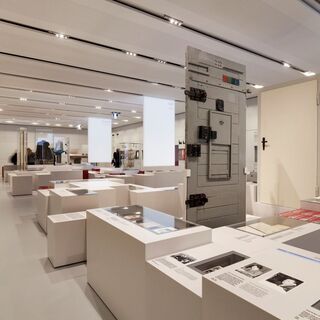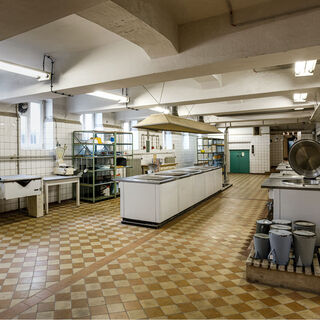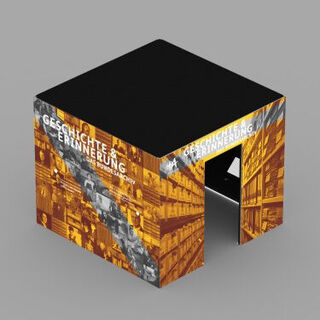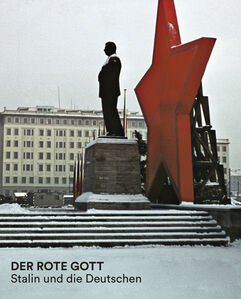Exhibitions
Permanent and temporary exhibitions
Our two permanent exhibitions are dedicated to the history of the prison in Hohenschönhausen and the lives of those imprisoned there. We also regularly show temporary exhibitions on various aspects relating to the history of political imprisonment and persecution in the Soviet Zone and the GDR.
Current exhibition

The permanent exhibition spans 700 square metres and presents rare objects, as well as numerous historical documents and photographs on the Hohenschönhausen prison site.

The Stasi used prisoner labour details to operate and maintain the remand prison. The exhibition focuses on the living and working conditions of female prisoners.
Past exhibitions

The contemporary witnesses at the Berlin-Hohenschönhausen Memorial play a key role. Without their past and present commitment, the site, the former central remand prison of the Ministry of State Security of the GDR, would not exist as we know it today. Dirk Vogel accompanied and photographed some of these people at the authentic site between 2015 and 2021. The "Witnesses of Time" exhibition shows a selection of the resulting portraits at two sites. These photos symbolise the fact that the former political prisoners have taken control of the place.
17 May to 2 July 2023, Villa Heike and Chapel of Reconciliation

Gedenkstätte Berlin-Hohenschönhausen (Hg.), Zeugen der Zeit. Porträts von Dirk Vogel
View publication (German website)
Download Publication on the exhibition in German language as a PDF download
Collaboration partners: Chapel of Reconciliation, Villa Heike, Berlin Wall Foundation

The Federal Archives' "History and Memory" exhibition uses interactive elements and multimedia to convey how the so-called "memory of the nation" works in a compact nine square metres. The exhibition conveys the four basic values that characterise the work and self-image of the Federal Archives: responsibility, trust, reliability and openness. Short films provide a glimpse into the depths of the archive. Interviews with employees from various departments answer questions such as: What goes into the archive anyway? What needs to be done to permanently preserve historical sources? How can access be guaranteed for all interested parties?
14 February to 13 March 2022, Berlin-Hohenschönhausen Memorial

How did the Stasi try to keep a large city with 1.3 million residents in its Eastern half alone under control? In East Berlin, the Stasi maintained a network of offices, properties and thousands of conspiratorial meeting places. The aim was to achieve the most comprehensive surveillance possible. But the Stasi was also active in the Western part of the city. But how can an exhibition unearth what remained hidden during the GDR era? The centrepiece of the spatial staging is a 170 m² walk-in aerial photograph of Berlin, which can be accessed interactively via tablet. Visitors can use the AR app to independently select places and stories as they walk across the illuminated aerial view – over 4,200 addresses in total. Video and photo documents provide in-depth information on the most important sites of political repression. In 14 case studies, exhibition visitors are taken on a digital city tour of the aerial photograph.
29 March 2019 to 30 December 2021, Berlin-Hohenschönhausen Memorial

The special exhibition sheds light on the quasi-religious personality cult surrounding Josef Stalin in the early GDR. Countless mass marches, ceremonies, poems, monuments and larger-than-life portraits were all aimed at swearing the population into Communist rule by identifying with the dictator, who was declared to be the "best friend of the German people". The exhibition presents motifs and unique objects of the Stalin cult and uses photos and film footage to illustrate the entire range of propaganda tools used. Models show the gigantean plans for reorganising the centre of Berlin. The euphemistic imagery is juxtaposed with the brutal suppression of political opponents. The silent renunciation of Stalinism in the GDR, the continuity of former Stalinists in the highest party offices and the lack of public reappraisal before 1989 are also addressed.
26 January to 30 June 2018, Berlin-Hohenschönhausen Memorial

Andreas Engwert, Hubertus Knabe (Hg.), Der rote Gott. Stalin und die Deutschen

